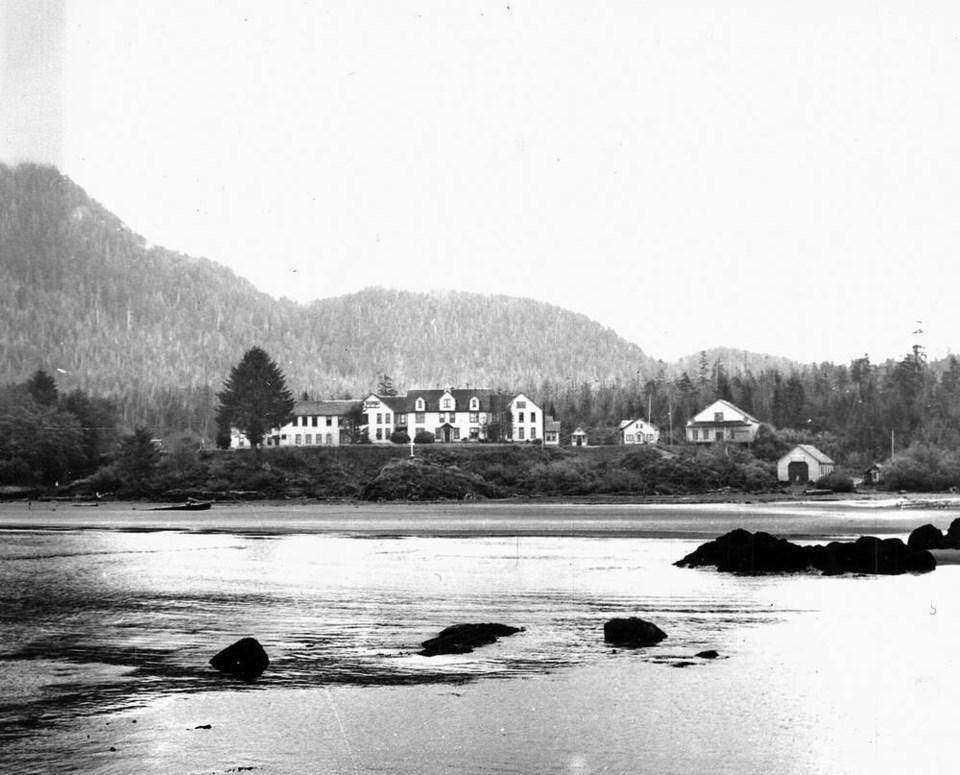Ahousaht First Nation is taking its first steps toward searching the grounds of two former residential schools on its territory for human remains.
The nation is developing a work plan that will include interviewing former students, reviewing records from church and government archives and surveying the land with ground-penetrating radar.
Melinda Swan, deputy chief councillor, said former students are already contacting the nation with information they want to share about classmates who disappeared.
“Stories have been shared with us of seeing their friends being taken for a walk to the lake and never coming back. … So, we’re expecting to find remains at both sites,” Swan said.
Children from Ahousaht and First Nations communities across the Island and B.C. were taken from their families to the Ahousaht Indian Residential School and the Christie Indian Residential School, where they lived in overcrowded and unsanitary conditions and some were physically abused.
The Ahousaht school, adjacent to the village of Ahousaht on Flores Island, operated from 1904 to 1940, when it was destroyed by a fire. The United Church ran the school from 1925.
The Christie Indian Residential School on Meares Island was operated by the Roman Catholic Church from 1900 to 1971, when the school was closed and students moved to the Christie Student Residence in Tofino.
In 1974, the residence was transferred to the West Coast District Council of Indian Chiefs, closing in 1983. Some buildings of the former school remain on the site, now known as Maatsquiaht, as well as newer buildings.
The National Centre for Truth and Reconciliation found 13 recorded deaths of children at the Ahousaht school and 23 deaths at the Christie school, however the number of deaths at residential schools is believed to be higher than records show.
The nation plans to hire at least two people who will interview former students and offer support throughout the process.
“We know that this is going to be emotionally triggering,” said Anne Atleo, the nation’s manager of administration, who will oversee the work as the research manager.
Atleo said Ahousaht is learning from Tk’emlúps te Secwépemc, which used ground-penetrating radar to find probable burial sites near the former residential school in Kamloops. The announcement in May prompted many nations, including several on the Island, to follow suit.
Atleo said the children who attended the two schools and their families are the focus of the project.
Ahousaht has applied for provincial and federal funding to support the work. Both the United Church and Roman Catholic Church have offered some financial support, as well, but amounts are still being negotiated, Atleo said.
The nation also received $75,000 toward the cost of ground-penetrating radar from a GoFundMe campaign organized by a trio of First Nation members to help communities carry out the work.
A timeline is not yet known for when the work will be complete.



